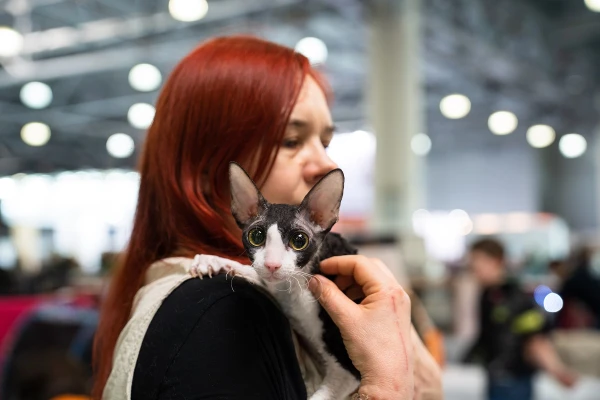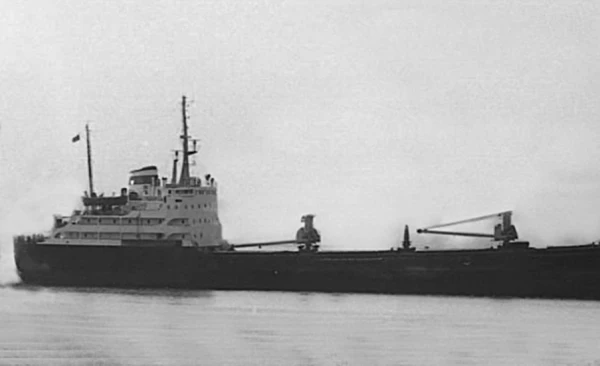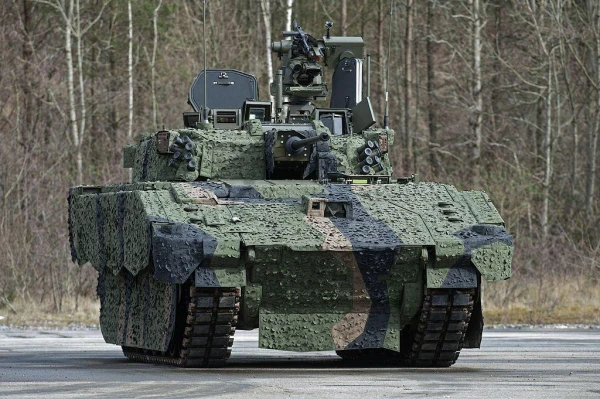
When the breeding season arrives, young female ants embark on a nuptial flight: in the air, they meet similarly winged males, mate, and after fertilization, establish a new colony.
However, in the ant species Cardiocondyla elegans, there is a problem with wings: females ready to become queens have them, but they seem to function inefficiently, while males are completely wingless. Therefore, in C. elegans, future queens are transported to mates by regular worker ants: grasping the female with their mandibles, they place her on their back and transport her to another ant nest. C. elegans are small, only 2–3 mm in length, and their journey with the female can stretch up to 15 meters.
Near a foreign nest, the worker drops the female, and she heads to a special mating chamber where males are already waiting for her. After mating, the female overwinters in this nest and then leaves to establish her own colony. However, in the foreign nest, where the female arrived with mating intentions, there are also local females. Researchers from the University of Regensburg, who studied the mating behavior of C. elegans, report in the journal Communications Biology that when a surge of females from other nests occurs, workers may confuse and take away not their own female, but one that has come from outside to the local males.
Sometimes it happens that the same female manages to visit several nests on multiple dates before she is left alone.















Leave a comment